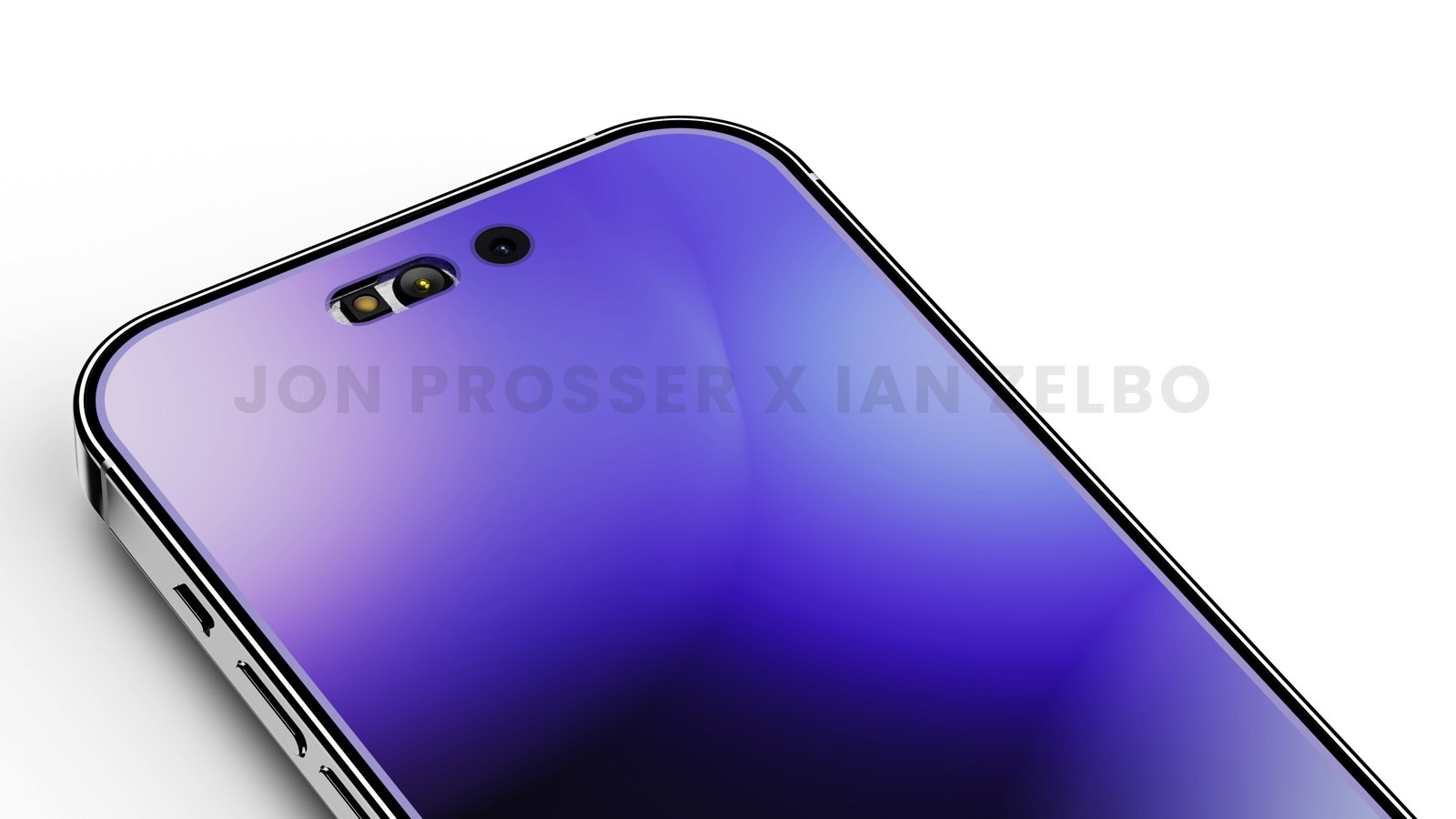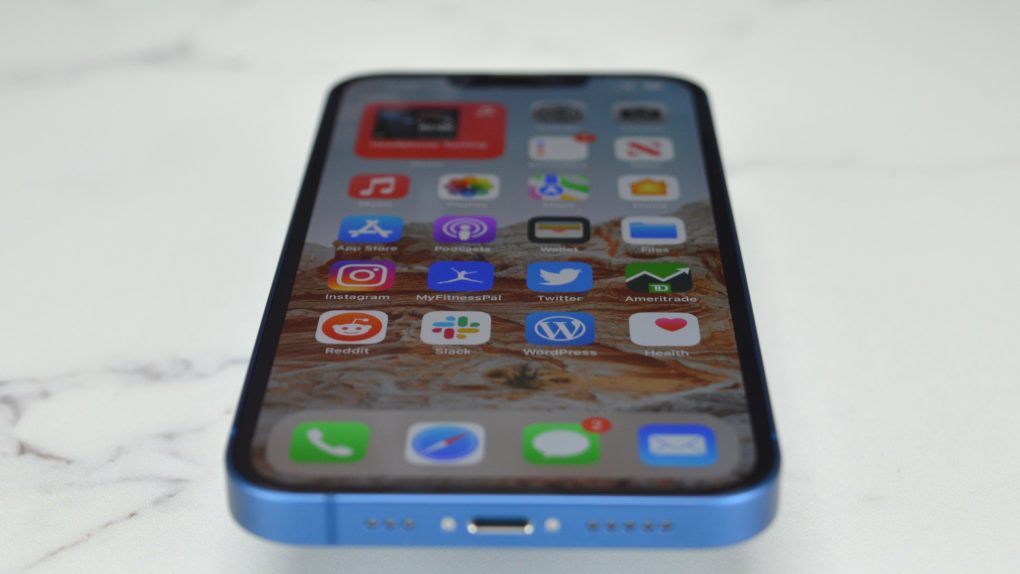The iPhone 14 will deliver two types of display experiences, just like its predecessor. The iPhone 14 Pro models will support refresh rates of up to 120Hz, while the regular iPhone 14 devices will have displays refreshing at a fixed 60Hz rate. But the OLED screens Apple will reportedly use for this year’s iPhone generation will come from Samsung’s most advanced OLED screen manufacturing process.
According to well-known display analyst Ross Young, the iPhone 14 series will feature M12 generation OLED panels. Previous reports said that Samsung hadn’t even used these screens on the Galaxy S22 earlier this year to cut costs.
Before looking at the iPhone 14 OLED display rumors, it’s important to understand Apple’s history with the technology and Samsung’s role in the iPhone display upgrade to OLED.
The iPhone X was Apple’s first handset to move to OLED screens. The OLED panels deliver superior performance than LCD regarding colors and brightness. They can also be more energy efficient than LCDs as OLED panels do not need to consume energy to display blacks. Add dynamic refresh rates like the ProMotion screens Apple uses on the iPhone Pro models, and you end up with additional efficiency gains.
Apple transitioned all iPhone models to OLED in 2020 when the iPhone 12 arrived. The only exception concerns the iPhone SE model, the only new iPhone shipping with an LCD panel. Then, Apple added 120Hz refresh rate support to the iPhone 13 Pro and Pro Max.
Samsung was the first and only OLED panel supplier with the iPhone X, and the component was a big money maker for the Korean giant.

Starting with the iPhone X, we also witnessed a cat-and-mouse game of which phone has the better OLED panel. It was the latest iPhone until the next Galaxy S and Note arrived. Those features were the better panels on the market for a few months until the next-gen iPhone came to challenge them. Samsung Display competed against itself, especially before Apple diversified its OLED supply chain.
iPhone 14 to feature better OLED screens than Samsung’s Galaxy S22
Young told Forbes that all iPhone 14 models would feature similar displays when it comes to Samsung OLED tech. That’s the new M12 OLED material set that represents Samsung’s latest innovation in the field.
The M12 generation improves display performance, color accuracy, and energy efficiency. Energy efficiency is one of the immediate benefits of this OLED panel generation. We expect the iPhone 14 Pro Max to still set battery life records this year, considering the iPhone 13 Pro Max’s performance.
Then there’s also the iPhone 14 Plus, Apple’s first non-Pro 6.7-inch iPhone model, which should have a slightly larger battery than the Pro Max. But the iPhone 14 Plus won’t benefit from the ProMotion battery savings.
Young’s remarks echo a pair of reports from the Korean site The Elec from mid-February. At the time, the site said that Samsung would not use the newest M12 OLED tech in the Galaxy S22 models to cut costs. Instead, the Galaxy S22 models would get M11 OLED panels. The iPhone 13 series also uses M11 OLED displays.
Then, The Elec claimed that the iPhone 14 models would be the first iPhones to deliver M12 OLED screens from Samsung. The upcoming Galaxy Z Fold 4 would also rock the same screen tech.
Separate reports also revealed that LG and BOE will provide OLED screens for the iPhone 14 series.
More iPhone coverage: For more iPhone news, visit our iPhone 14 guide.








